All products featured are independently chosen by us. However, SoundGuys may receive a commission on orders placed through its retail links. See our ethics statement.
Best gaming mics
May 5, 2025


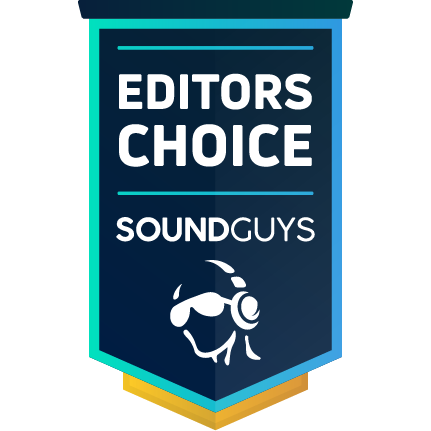
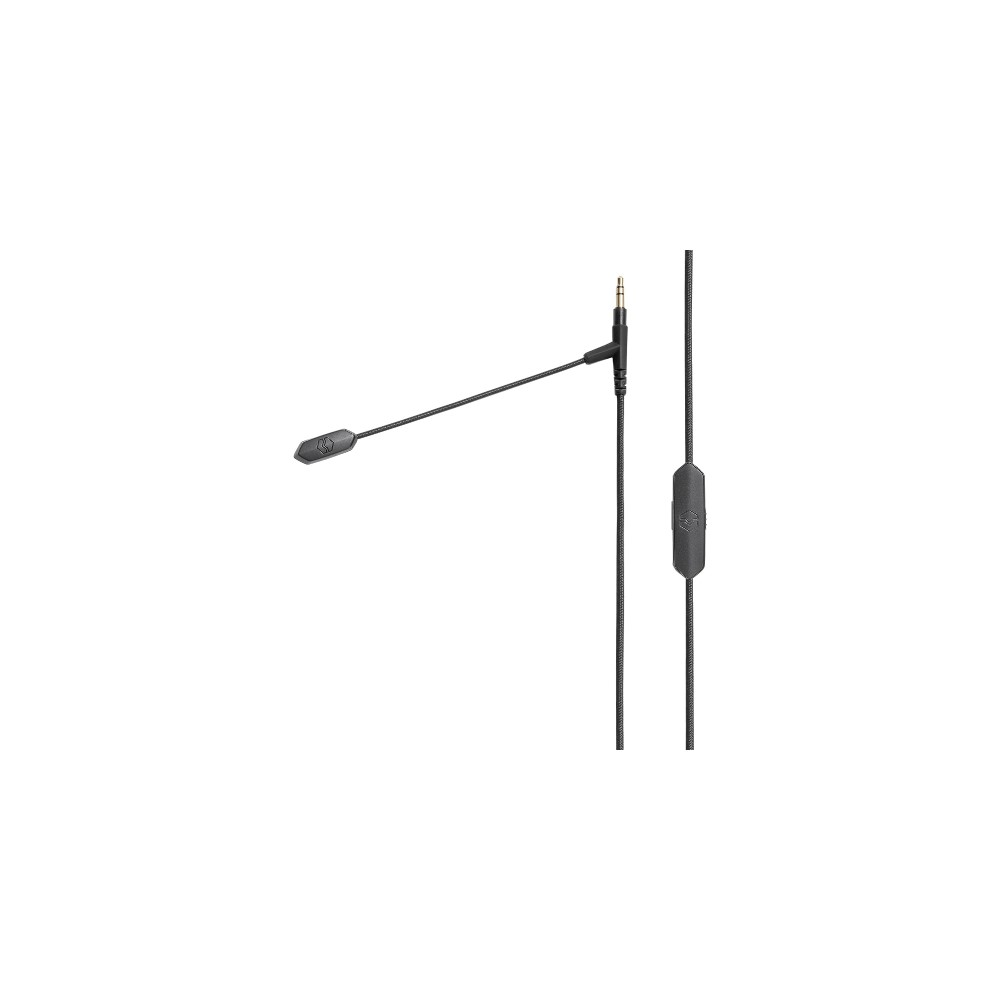


If you spend an inordinate amount of time on the computer, chances are good that you play at least one multiplayer game. Whether it’s a MOBA, first-person shooter, or indie game, you’ll definitely want a decent mic to be able to coordinate with your teammates — but you don’t need professional equipment to do that. Here are the best gaming microphones on the market for Discord, VOIP, or in-game chat.
What's new?
- This list of the best gaming microphones was updated on February 22, 2024, to ensure the timeliness of the information within.
- SteelSeries has recently released two gaming mics, the Alias and Alias Pro, which we are currently testing for review. Check back soon to see if they make our best list!
- Updated list to mention new versions of the mic on May 2, 2025. Now includes Seiren V3 mini and Hyperx Quadcast 2 and Quadcast S 2
You may notice that this entire list contains some pretty cheap mics, and that’s no accident: unless you’re recording professionally, there’s no need to overspend here. You just need a mic that’ll work relatively okay, right? Why not save some cash for the next Steam sale?
Why is the Elgato Wave:3 the best gaming microphone?
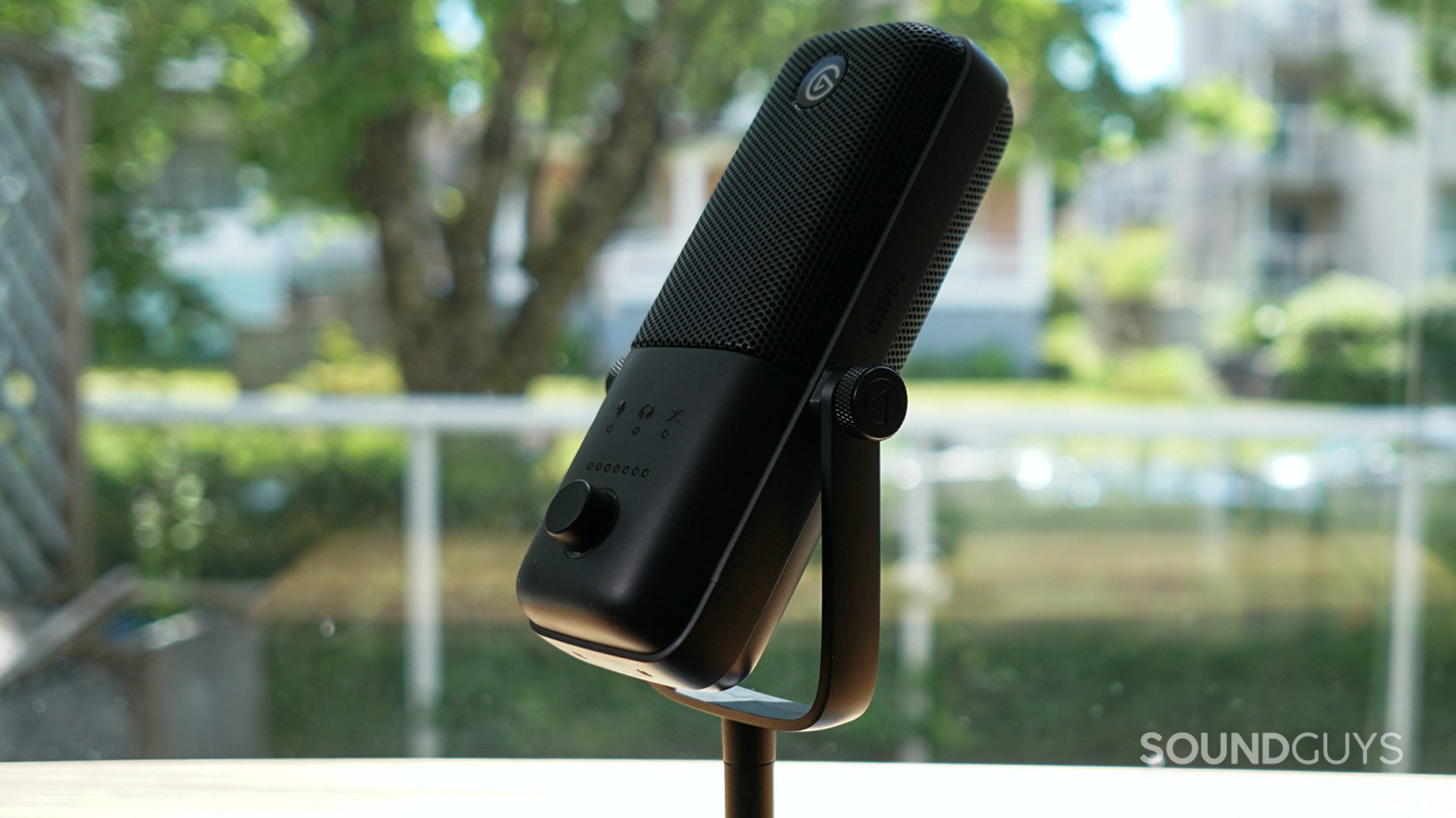
The Elgato Wave:3 is one of the best microphones around because of its “set it and forget it” interface: all you have to do is plug it into your device’s USB input, and you’re ready to record.
This condenser mic affords just the cardioid polar pattern. While this is limiting in some ways, it’s also the most versatile pattern. You can place the microphone virtually anywhere on your desk, and it will register your voice. The front of the chassis communicates a few things: microphone recording status, headphone status, and whether the mic is muted or enabled. Tapping the top of the mic mutes it. A gain knob protrudes from the housing, so you can adjust volume levels at a moment’s notice.
Twitch streamers will be hooked on the WaveLink software.
Unlike other software we’ve used, the WaveLink interface is exceptional, especially for streamers. This digital audio mixer is neatly designed so you can quickly organize your audio sources. A virtual audio mixer gathers different programs from your browser windows and combines them, along with your microphone recording, into a single audio source.
Elgato Wave:3 microphone demo:
The Elgato Wave:3 shines when it records spoken word content: the high-pass filter combats the proximity effect, resulting in clean vocals. Its integrated Clipguard feature automatically condenses the audio to avoid accidentally spiking the recording.
How does the microphone sound to you?
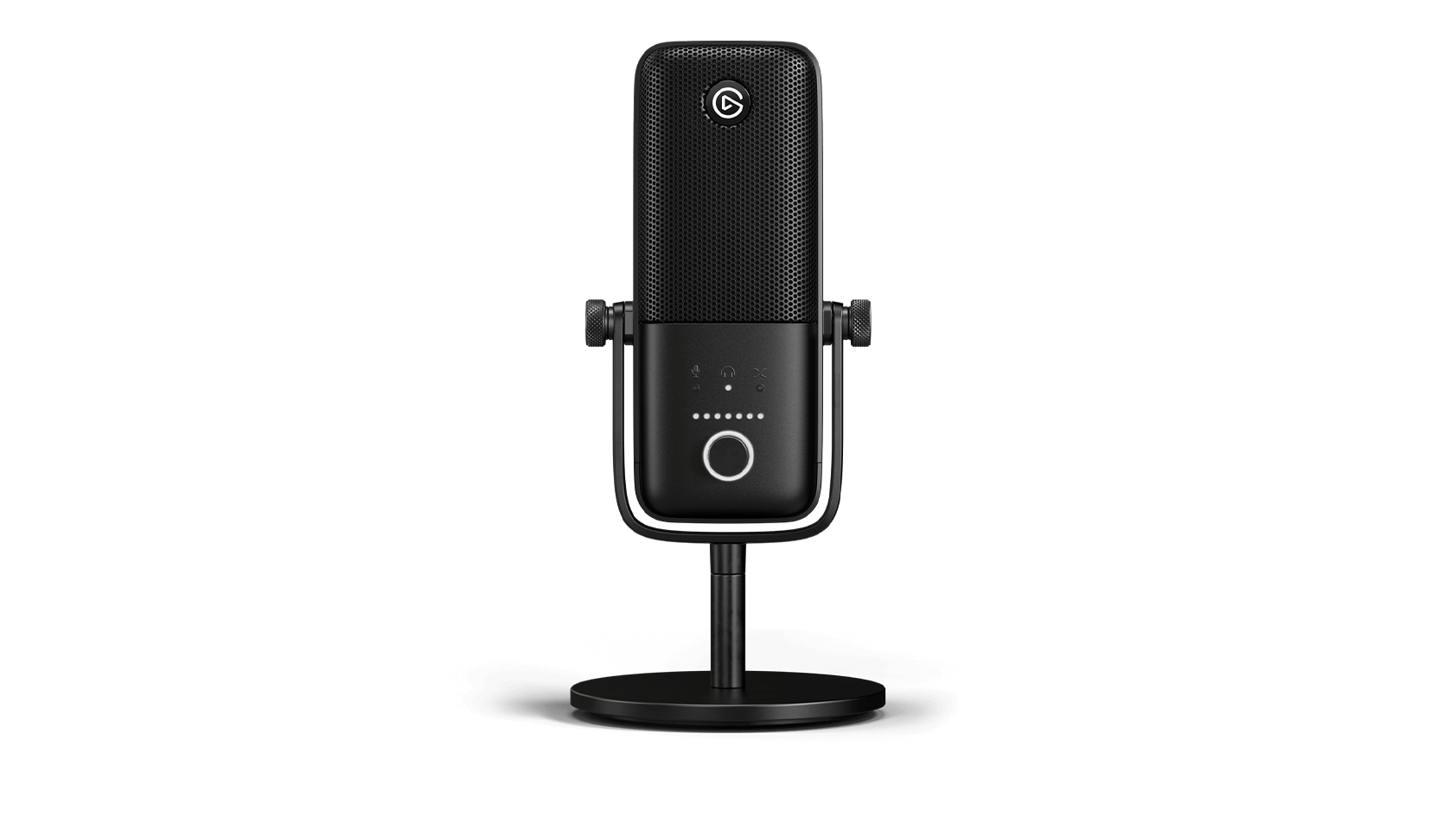
The Blue Yeti X brings high quality to a stream-friendly setup
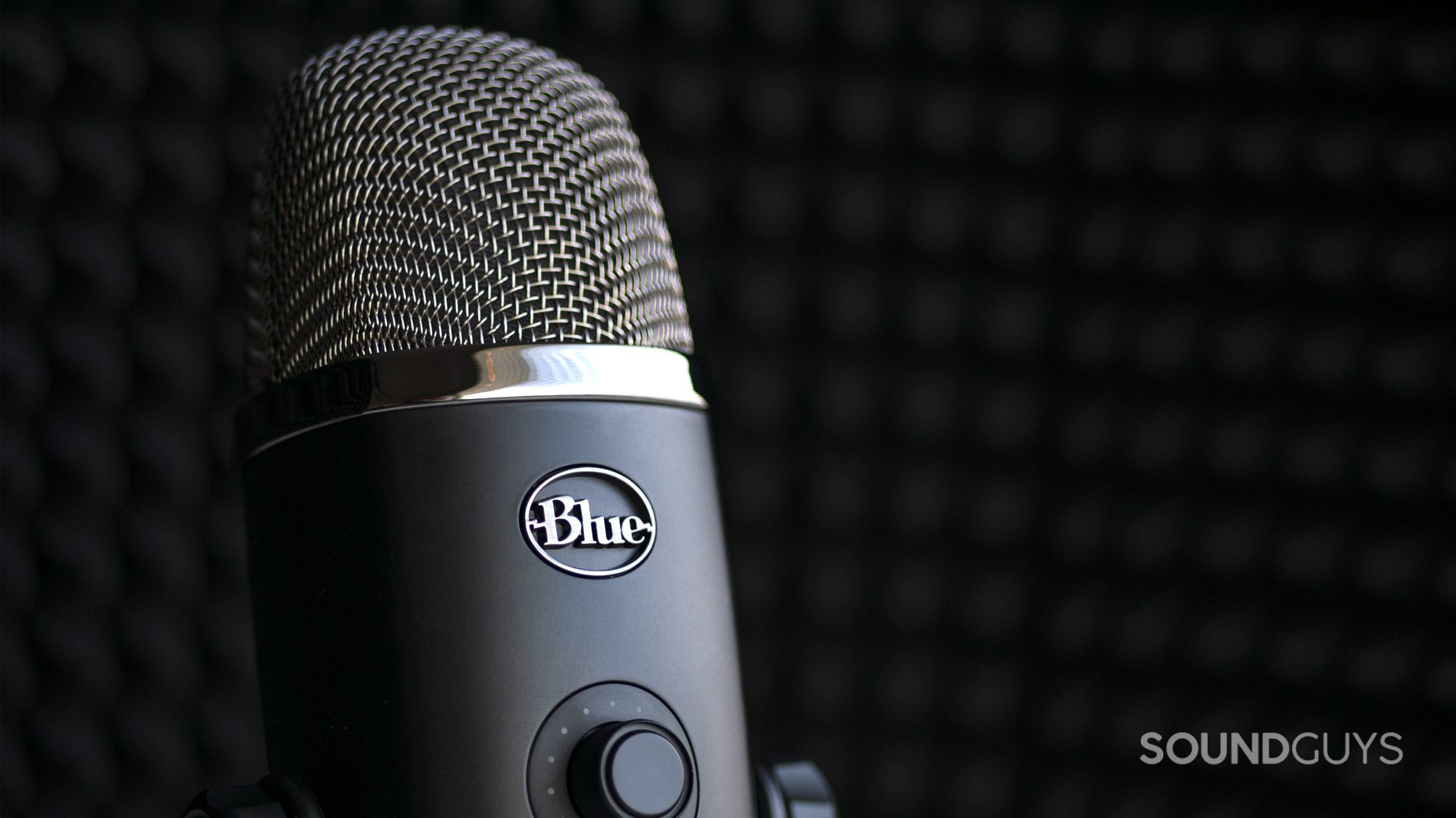
Blue’s mission is to make your recording experience as efficient and streamlined as possible with its USB microphones. The Blue Yeti X brings a “four capsule” condenser array, which allows for high-quality recordings in a variety of pickup patterns. It also updates the Yeti’s physical interface with a single knob that can adjust gain, metering, and blending. It offers live metering via LEDs — perfect when you’re streaming and need a quick indicator of how you sound.
The Yeti X offers four recording pattern modes, allowing you to choose which one best suits your given situation. Cardioid is ideal for podcasts, as it allows you to record sound that is immediately in front of the mic. Stereo mode acts as one would expect: recording sound from the left and right channels simultaneously to provide a better illusion the listener is in the room with you. The omnidirectional mode will record 360-degree sound, and bidirectional will record sound from the front and rear regions of the microphone.
Basically, the Yeti X straddles the line between being a recording or gaming microphone and can cover you for either. Turns out being a Twitch streamer makes you need to have something for both — how convenient. The Blue Yeti X offers almost as much versatility as the Yeti Pro for $80 less.
Blue Vo!ce audio software is new to the Blue Yeti line, which brings all sorts of customization options. It features effects like de-popper, noise reduction, expander, gate, de-esser, EQ, compression, and limiter, and you can even change the color of the mic’s LEDs. After all, if you’re marketing a device at gamers and Twitch streamers, and you can’t change the LED color, why bother, right?
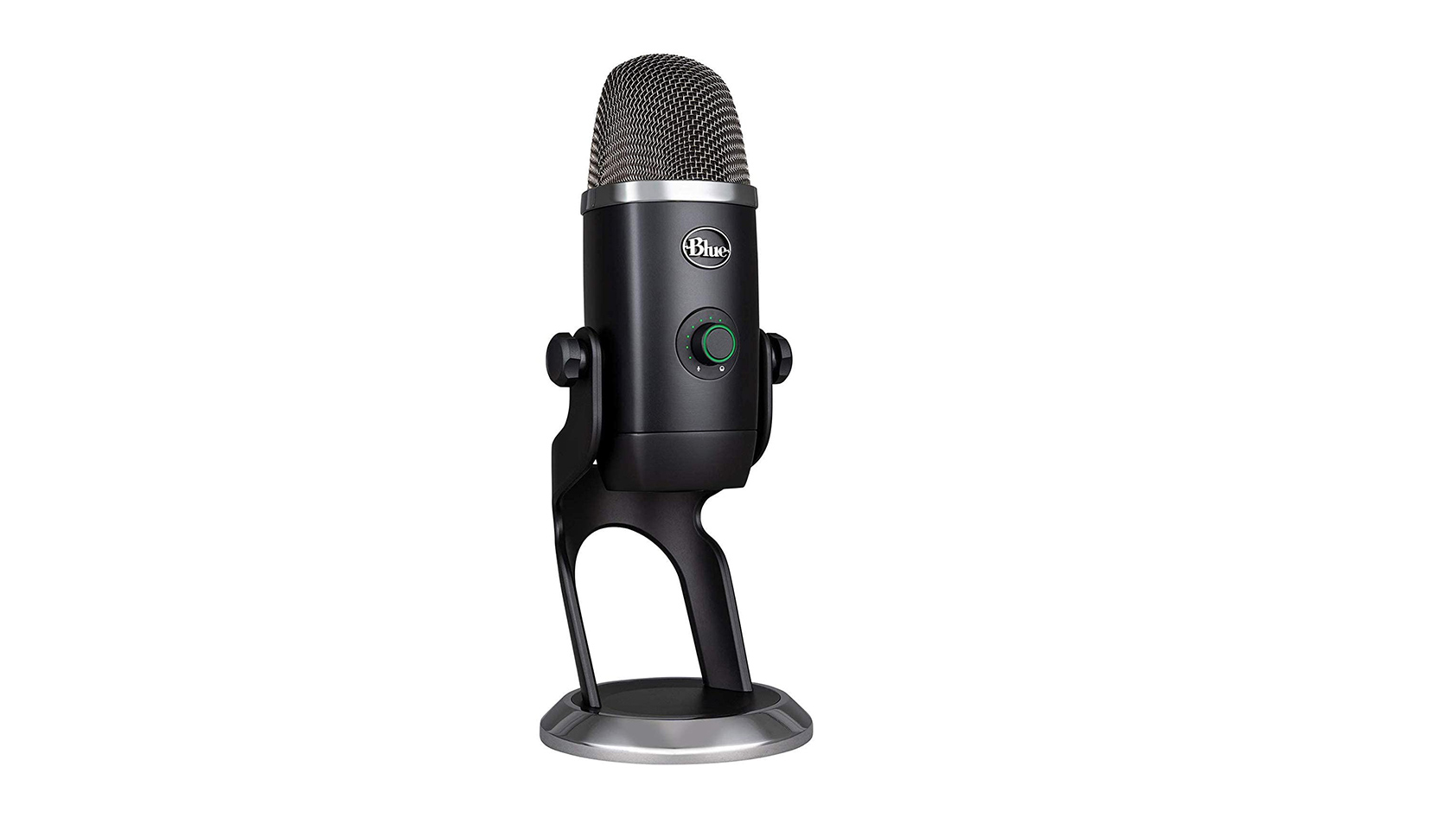
The V-MODA BoomPro X can turn headphones into a gaming headset
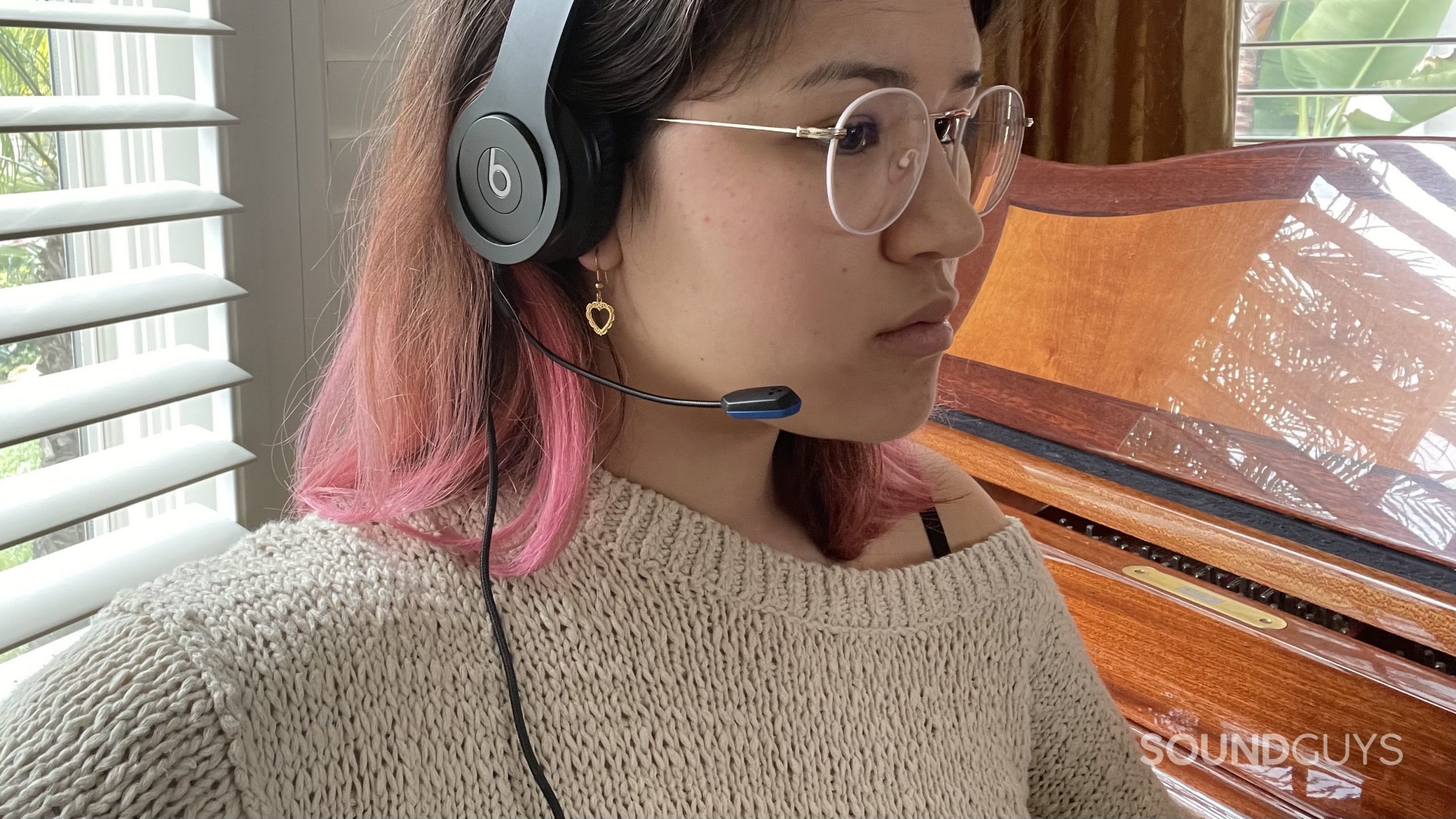
Another boom mic, the V-MODA BoomPro X, uses your headphones’ 3.5mm port to make your regular headphones a gaming headset for around $50. Not bad, all things considered, and there are no messy adhesives. If you want to convert your headphones back, all you have to do is simply yank out the BoomPro X and replace it with the original cable.
Unlike the original BoomPro mic, which has an omnidirectional pickup pattern, the BoomPro X has a cardioid pickup pattern. It has a narrower pickup field, which makes it great if you share a space with someone. You can change the mic shields to customize the look of the mic, which can be useful if your office bought the entire team BoomPro X mics and you want a quick way to differentiate yours from your office mate’s.
The inline remote makes it easy to adjust the volume — of your headphones, not your voice — and gives you the option to mute yourself with the integrated switch. You can hear a slight click when you toggle the mute function on/off from the control module, though.
V-MODA BoomPro X microphone demo:
How does the microphone sound to you?
For better sound quality, you might want to get the older BoomPro instead. The first-generation V-MODA BoomPro uses an omnidirectional polar pattern rather than cardioid, so it’s best suited for quiet environments.
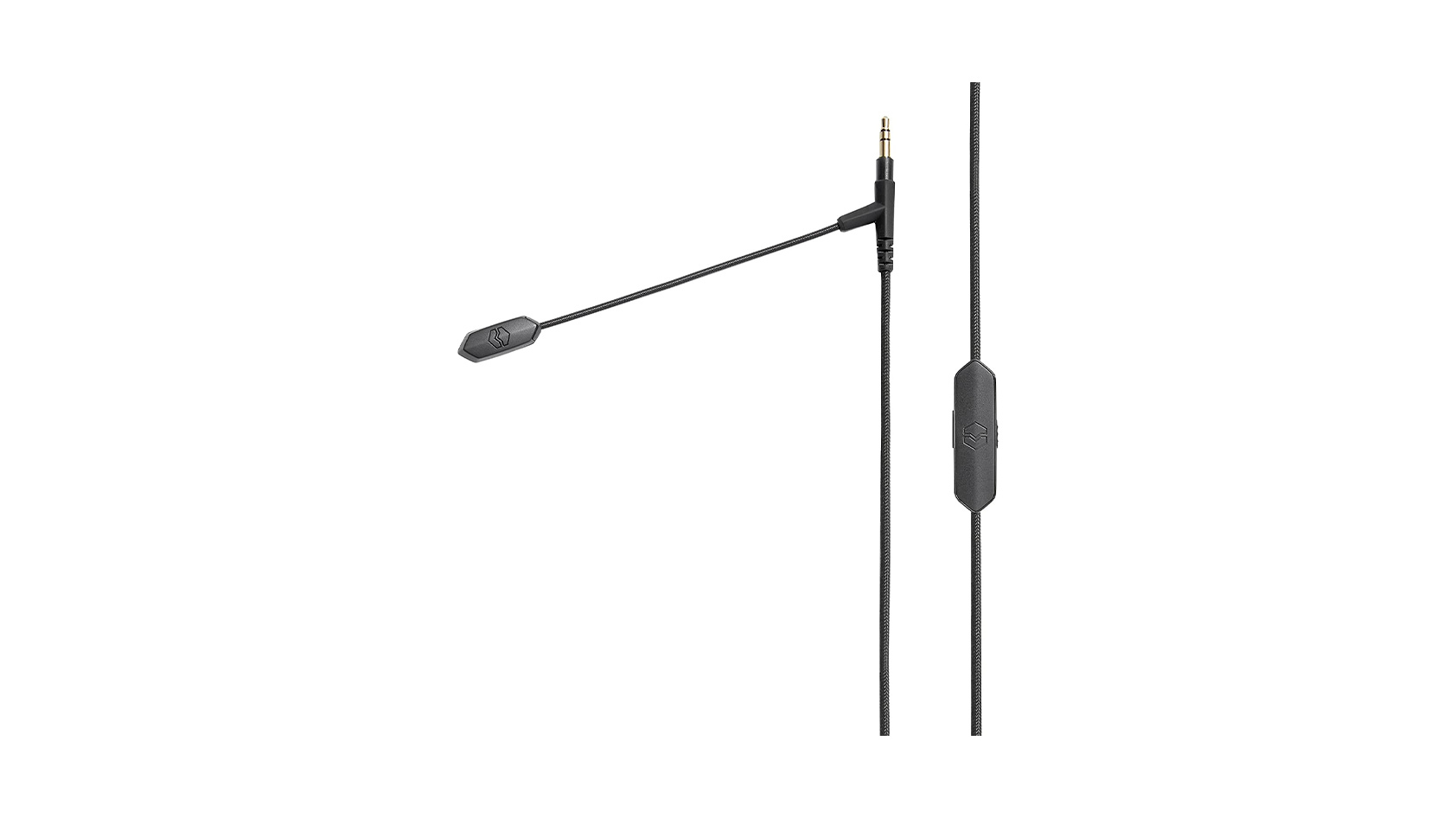
The HyperX QuadCast offers the best sound with a built-in pop filter
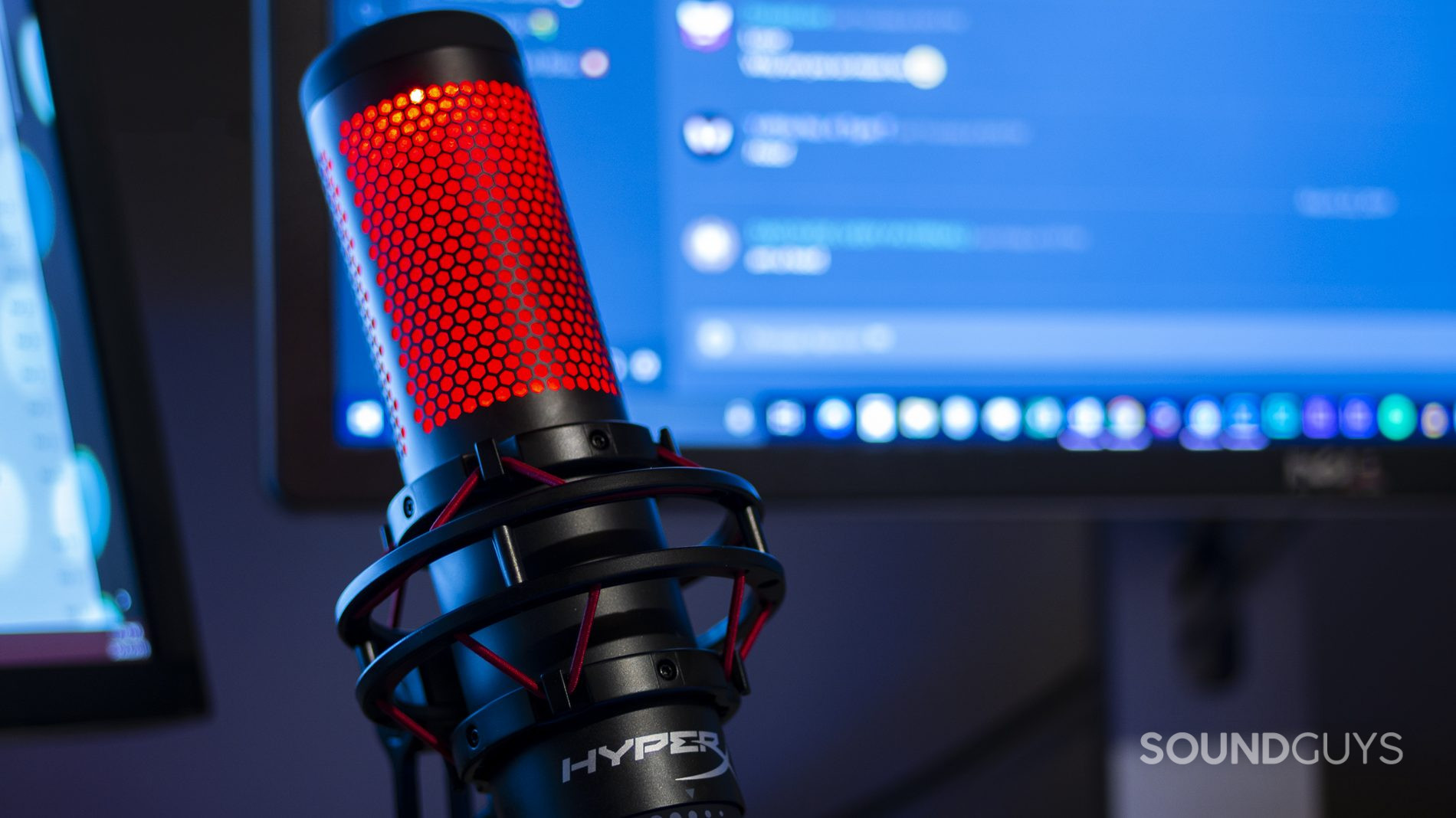
HyperX is known for putting out high-quality gaming peripherals, and the QuadCast is no different. It’s pricier than a lot of this list, but this mic offers really great sound in an easy-to-use package that can cover a lot of bases.
If you’re in the market for a gaming microphone, this is a great option, but the QuadCast will cover your podcasting or recording needs, too. Its gain knob makes adjusting sensitivity intuitive and easy, and you can even set its polar pattern, switching between cardioid, hypercardioid, and bi-directional. Plus, its built-in pop filter will help you avoid rogue plosive sounds spiking the mic.

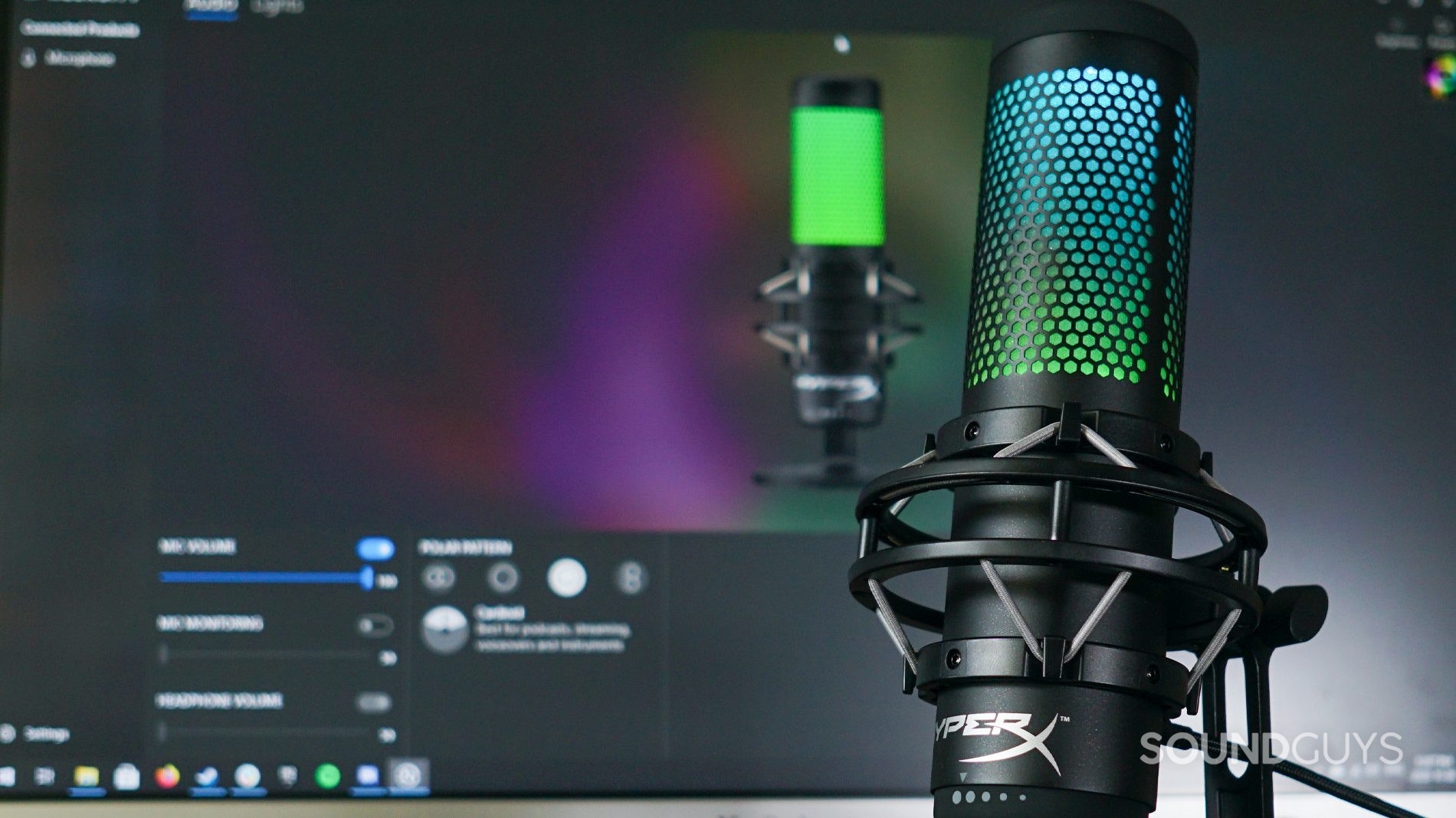
If you have a bit more money to spare and want an RGB color scheme, the HyperX QuadCast S is compatible with the Ngenuity software, which allows you to make adjustments to the LED light show of your microphone. The QuadCast S also plugs in via USB-C rather than micro-USB. The frequency responses of the two mics are very similar, but the QuadCast S attenuates bass frequencies a tiny bit more than the QuadCast.
HyperX QuadCast S microphone demo:
How does the microphone sound to you?
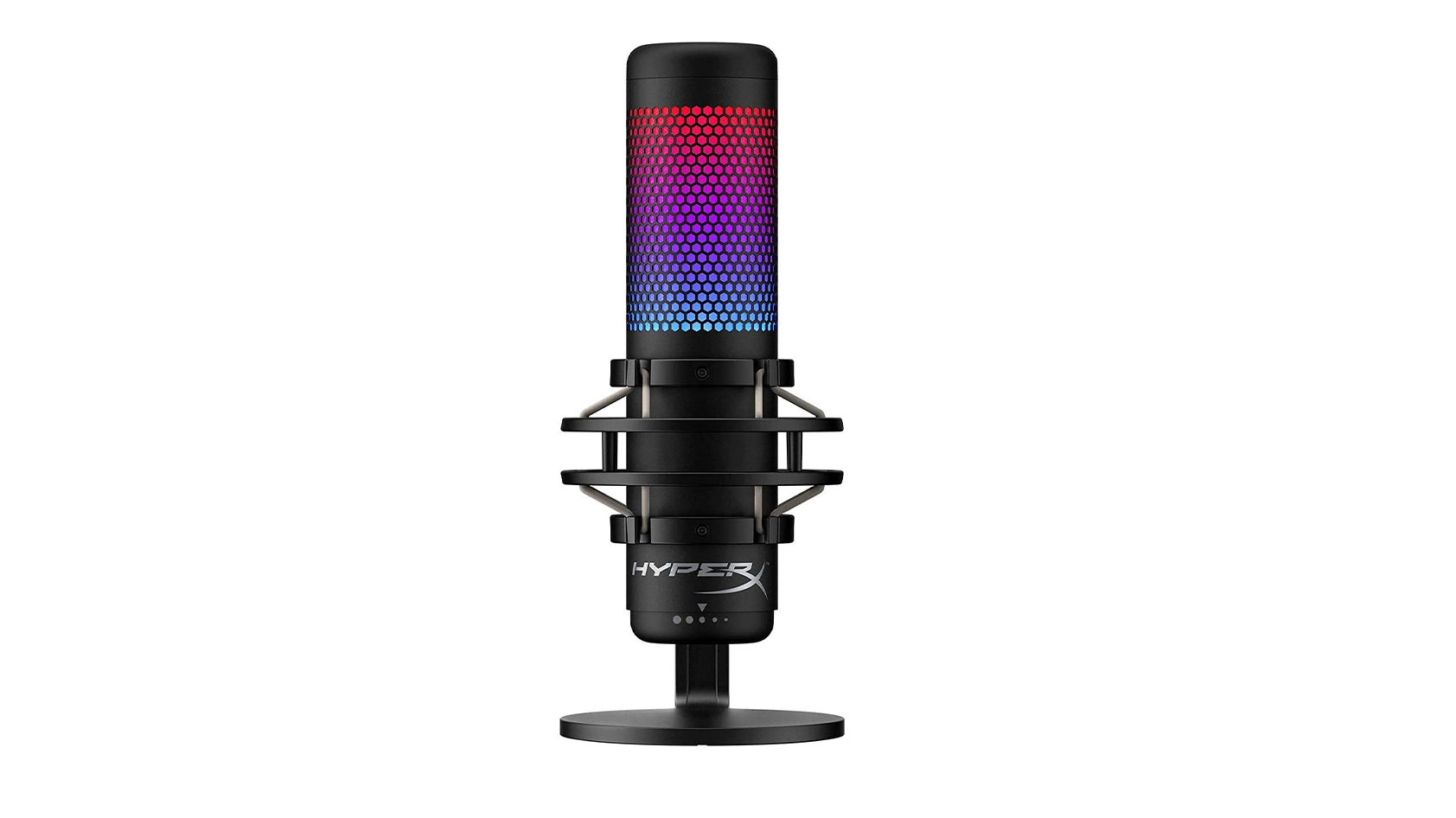
HyperX has an updated version of the Quadcast and Quadcast S, the HyperX Quadcast 2 and HyperX Quadcast S2, which we haven’t tested yet. The HyperX Quadcast 2 has a sharper look, and the included shock mount can now come undone from the included stand and be mounted directly to a boom arm, it now has multi-function knob in the front, and now includes USB-C connection, unlike its predecessor.

The Razer Seiren Mini is a great pick if you want something compact
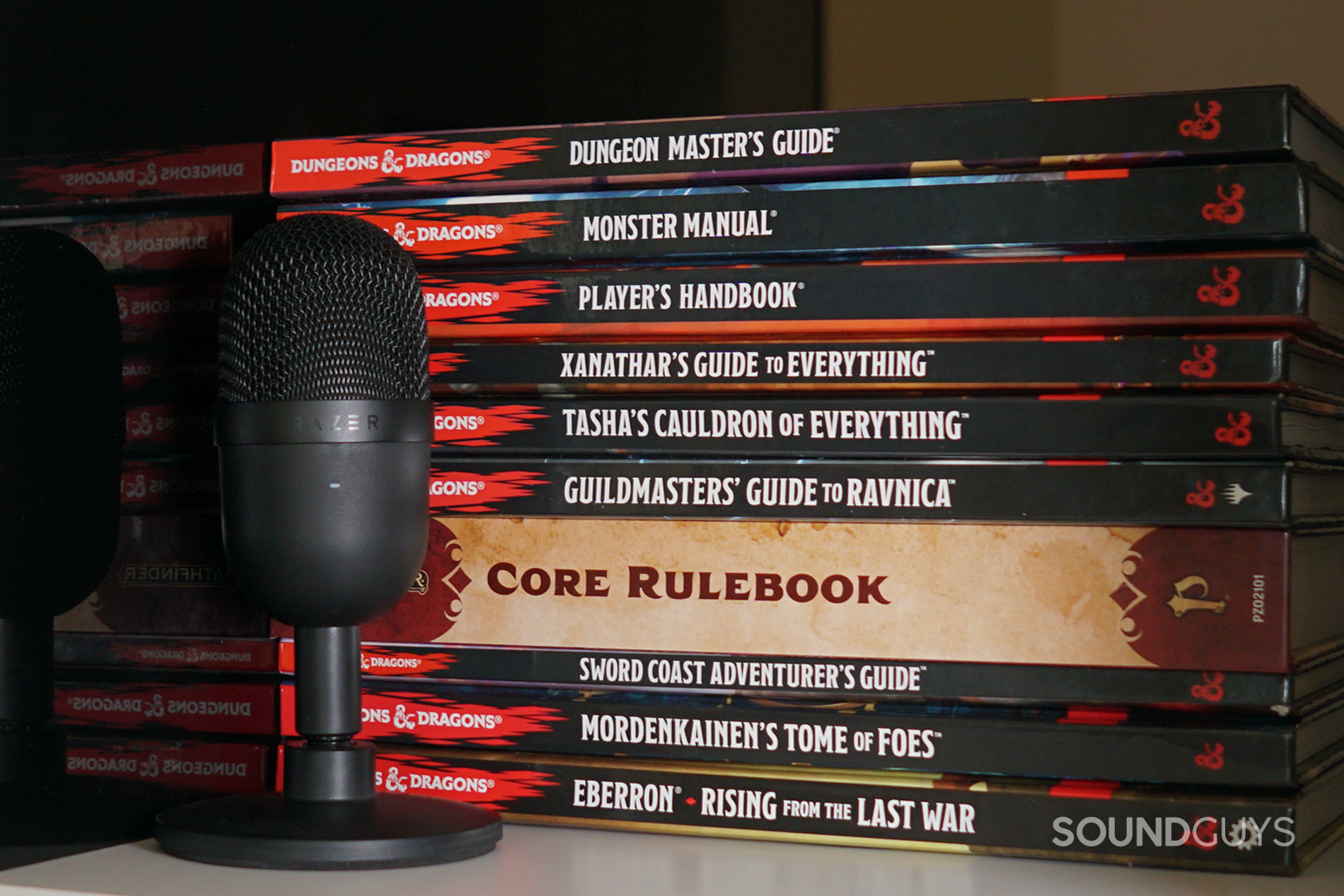
Rounding out this list is the little Razer Seiren Mini USB microphone, which boasts a sleek design, intuitive UI, and an affordable price of just $49. It doesn’t have many features, but that makes it easy to focus on the task at hand.
We like the Razer Seiren Mini for its sleek, unobtrusive design that works well for streamers who don’t want a mic to take up half of the frame. The mic stand that attaches to the bottom of the Seiren Mini is an odd height and will likely be shorter than you expect (15cm/6in), but you can also attach it to a third-party boom arm.
The sound quality isn’t as good as some of our other picks mentioned here, but that’s likely due to a high noise floor from cheap electronics. Still, it sounds much better than your average laptop microphone and will take your gaming and streaming up a notch for a little money. You don’t need a pop filter with the Seiren Mini as you do with other USB microphones, so that saves you a bit of cash, too.
This super cardioid microphone picks up sound in a directional manner: its pickup field is mainly anything that’s directly in front of it, with very limited pickup behind it.
Razer Seiren Mini microphone demo:
How does the microphone sound to you?
![Razer Seirein Mini [hero image] Razer Seiren Mini USB mic on white background](https://www.soundguys.com/wp-content/uploads/2020/12/Razer-Seirein-Mini.jpg)
Razer has also released a V3 of the Seiren mini in March of 2024. We haven’t made a review of the Seiren V3 Mini yet, but the notable new features include higher bitrate recording of up to 24bit at 96Khz, and a touch to mute button. The Razer V3 mini has a much softer understated look compared to its predecessor.

The best gaming mics: Notable mentions
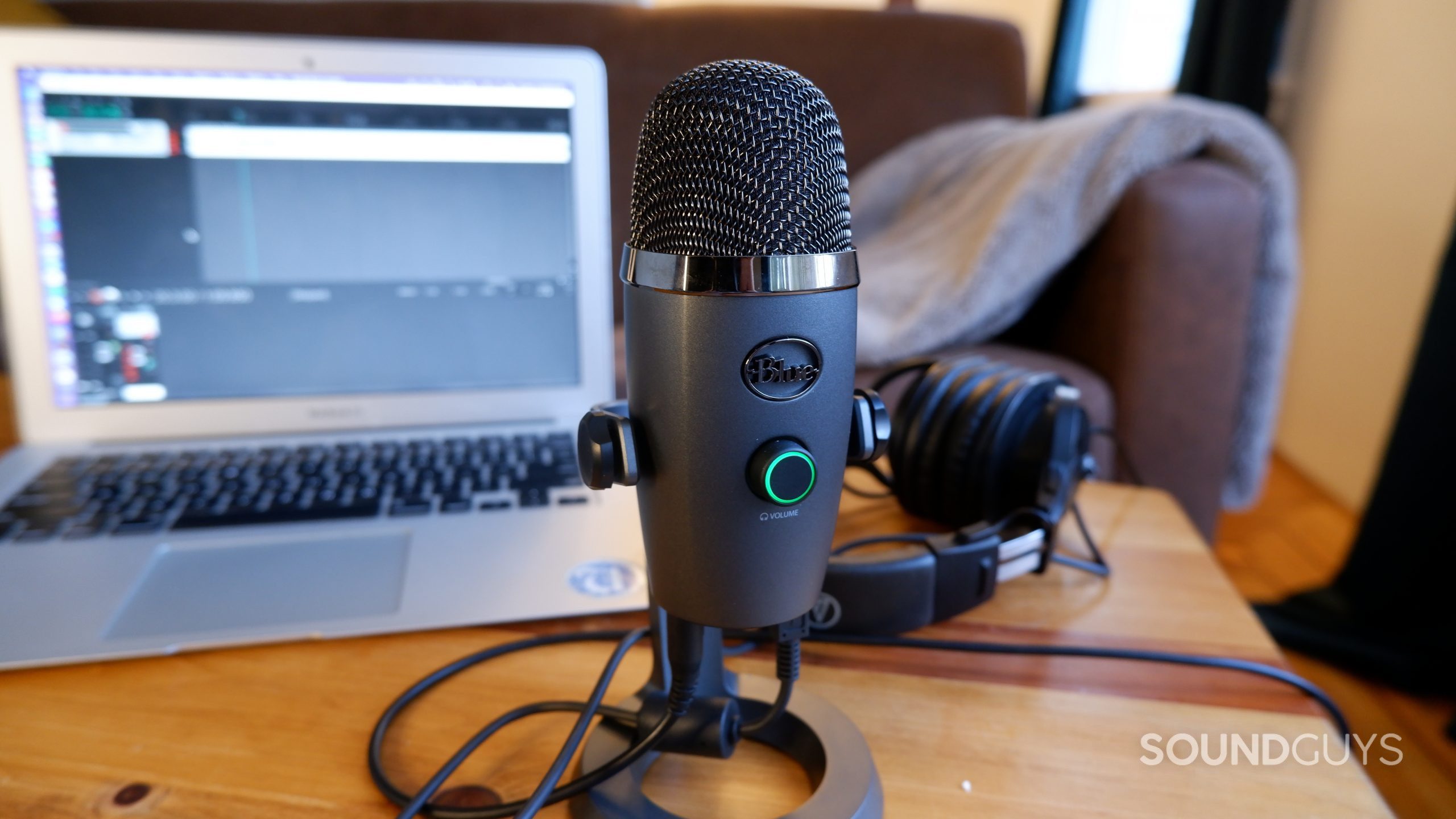
- Audio-Technica AT2020USB-XP: This USB mic has onboard mixing controls, an internal headphone amp, and records 16-bit, 44.1/48kHz audio.
- Beyerdynamic Fox USB: This mic has helpful onboard controls, 24bit/96kHz audio, and a forgiving polar pattern, making it easy to record audio that can be easily edited later on. The main drawback is its price.
- Blue Yeti Nano: With its cardioid and omnidirectional polar patterns, 24-bit/48kHz recording quality, and compact design, the Yeti Nano can do a lot for not much cash.
- HyperX SoloCast: This mic fits pretty much the exact same niche as the Razer Seiren Mini. It’s $10 more expensive, but it brings comparable audio quality, a more versatile stand, and a built-in mic mute sensor you can tap.
- JLab Talk PRO: This one’s a little pricey at $150, but it backs that price up with a nice build, easy-to-use controls, multiple polar patterns, and good sound. The Talk PRO’s onboard controls mean you can do a lot with little effort, and its 192kHz/24-bit audio means you can easily use it for recording as well as gaming.
- JOBY Wavo POD: A competitor with the Blue Yeti Nano, the JOBY Wavo POD is an easy-to-use mic that works as soon as you plug it in, and records 24bit/48kHz audio. At $99, you can choose from a cardioid or bidirectional pickup pattern, and it comes with a pop filter. This is another cheap option streamers and gamers may enjoy.
- Movo UM700: Released as an all-around mic to compete with the Blue Yeti line, the UM700 offers a bunch of polar patterns and solid audio, plus it’s easy to use. For $100, this is one heck of a deal.
- ROCCAT Torch: This is one of the more unique gaming mics around for its mixer base that allows you to select the polar pattern, toggle the mic on/off, control the volume, mute the mic, and adjust the gain.
We’ve made a big improvement to how we demonstrate the microphone performance of products we review. We now use a standardized test setup that plays back pre-recorded phrases from a calibrated artificial mouth in our test chamber, either with or without simulated background noises, simulated reverberant spaces, or artificial wind. This means that samples from every product can be directly compared, which makes it far easier to make meaningful comparisons between products in terms of the raw speech quality or the product’s ability to reject noise.
It will take a while to update our backlog of old test results, but we will update this review (and many others!) once we’re able with improved microphone demos. These will be made obvious in each new sample which begins with the phrase, “This is a SoundGuys standardized microphone demonstration …”
Thank you for bearing with us, and we hope to see you again once we’ve sorted everything out.
What you should know about the best gaming microphones
Some gamers are content using a headset that has a good built-in microphone. However, if you’re looking for a detached gaming microphone, here are a few things to look out for.
What other hardware does a gaming microphone require?
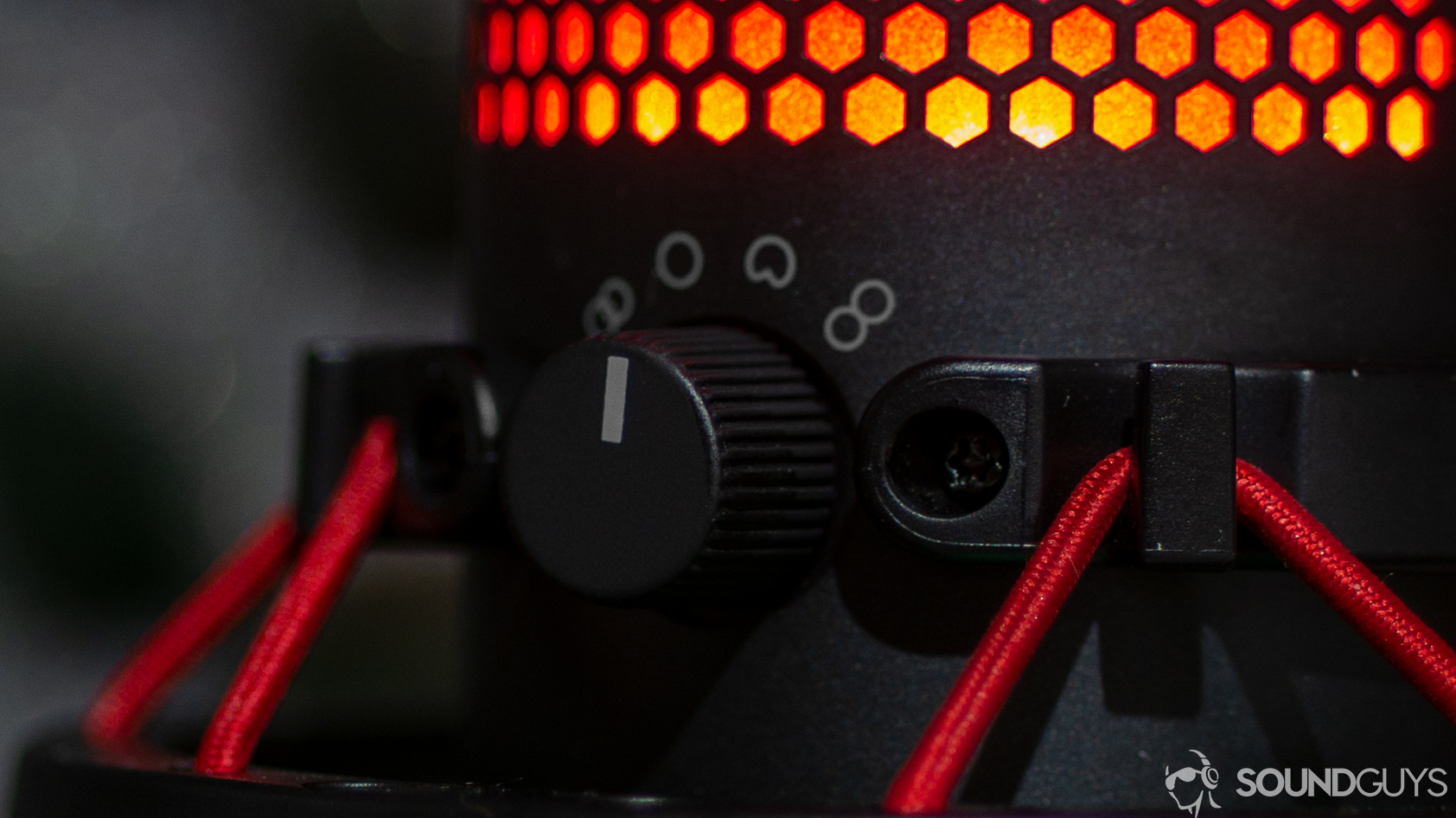
Knowing what you need in a gaming microphone is important for setting expectations. Quality is important, but if you’re not building a recording studio or a streaming setup, the main goal is clear communication. A lot of gaming microphones prioritize the mids and highs in ways that sometimes aren’t accurate but are meant to make voices sound clear.
If you’re setting up a streaming station, springing for something with more studio-quality sound might be worth it. There are all sorts of things to consider on that front, too, like what kind of microphone you’d like to have and what kind of environment you’ll need for recording.
Depending on what your needs are, you’ll need to figure out what kind of mic you want, as well. If you’re sitting at a desk playing games, a mic with a cardioid or hypercardioid pickup pattern is probably best. Those varieties do well when what they’re recording is positioned directly in front of the mic.
Do gaming mics work across platforms?
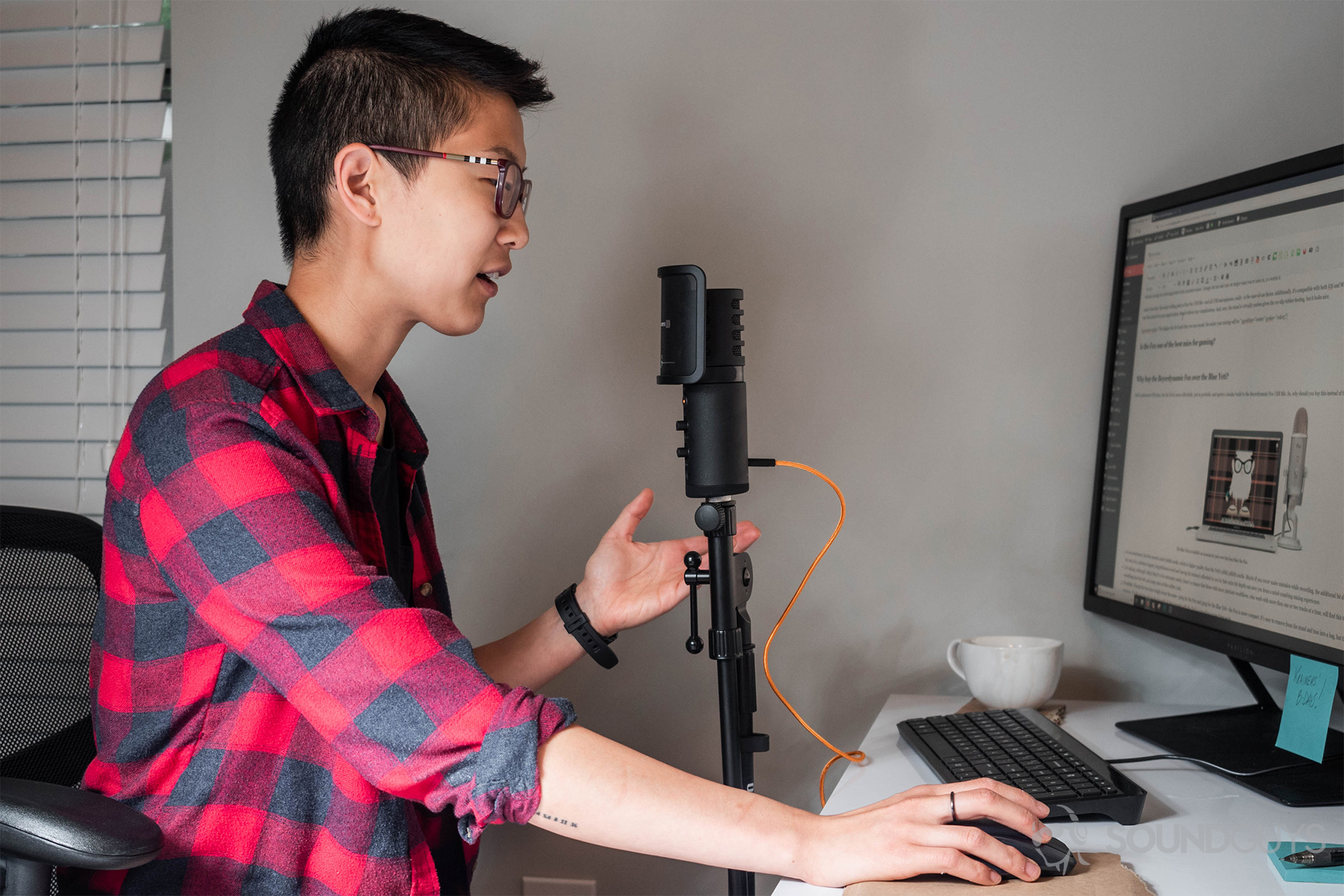
Depending on what kind of setup you have, your needs will probably change quite a bit. If you’re gaming on a PC, a USB mic is probably your best bet. You don’t need to spring for an expensive XLR mic and audio interface. Ultimately, simpler is better.
If you’re gaming on a console, things are a little more complicated. The PlayStation 4 can handle either 3.5mm or USB solutions. The Nintendo Switch can handle them, too, but USB mics will only work while in docked mode. Of course, there are also the particulars of your setup to remember — a detached wired USB mic might not be the most convenient pick if your console of choice is across a den or living room.
How do you control a gaming microphone?
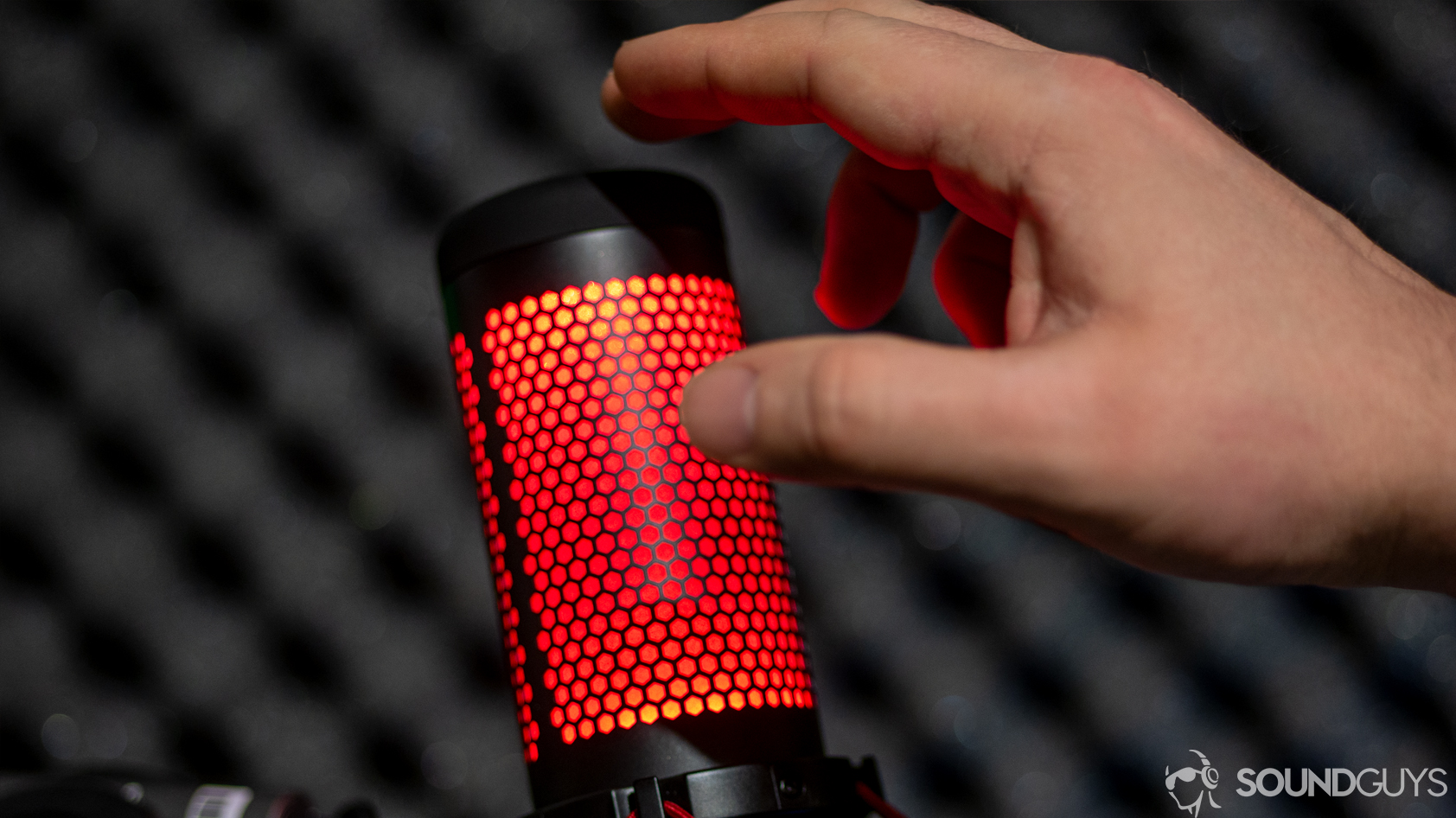
Pay attention to what kinds of buttons and switches mics have. Almost all of that stuff can be controlled on your computer or console, but it’s always faster to reach over and flick a mute switch than to alt-tab and find the menu option.
Why you should trust SoundGuys
Each writer at SoundGuys has accumulated years of experience reporting on the consumer audio market, and SoundGuys’ survival depends mainly on readers enjoying their purchases. We pride ourselves on transparently outlining objective facts while accounting for the subjective experience to contextualize an audio product’s performance. When we do misspeak, we correct and own up to it.
Frequently asked questions about the best gaming mics
Thanks for your feedback! We’ve started to include these kinds of mic samples in our more recent mic reviews, such as the review for the Razer Seiren Mini, and we will be sure to continue to do so. As for our older reviews, until we can retest the mics, we’d recommend paying attention to the polar pattern of the mics. Suppose a microphone has a directional polar pattern. In that case, chances are it’s going to be better at rejecting typing sounds than if it has an omnidirectional polar pattern simply because of the directions it picks up sound from.
The audio quality on a standalone is almost always going to be better than one built inside headphones or even a boom mic. This can improve the professionalism of your live streams or YouTube videos or even just make it easier for your teammates to understand you. Additionally, either the look or feel of a standalone mic might be preferable to a headset. Some people really don’t like having a boom microphone right in front of their mouth, as it can be distracting, and some people prefer the appearance of a standalone mic in their videos.
If you’re going to be sharing the microphone and only need it for calls, rather than streaming or recording, the Blue Snowball iCE (or the older Blue Snowball) is probably your best bet. It sounds great, and it’s simple to use — perfect for calls over Skype, Zoom, and Discord.
In general, stereo patterns will be picking up sound from the left, and right of the microphone, bi-directional will pick up sound from the front and back of the mic. Omnidirectional will pick up sound from all directions.
Unfortunately, that’s not something that’s going to work by buying a microphone. Though there are intelligent noise reduction algorithms out there (notably by NVIDIA), sound from your speakers will always reach your mic if you’re using said speakers as your playback device. It’s why you see streamers mostly wearing headphones on their shows: so the audio from the game isn’t picked up by their mics.
If you’re gaming on a PC, a USB mic is totally fine. You don’t need to shell out for an expensive XLR mic and audio interface. Don’t be afraid to keep it simple.